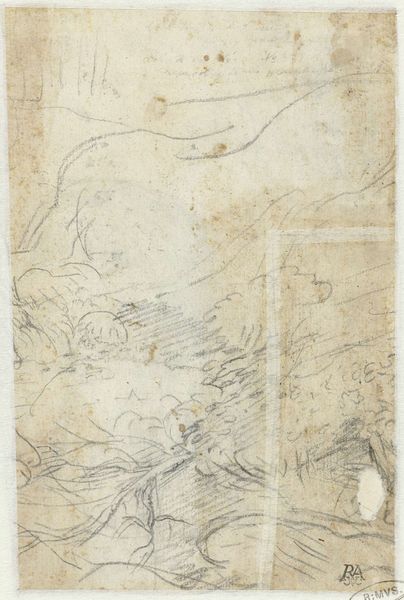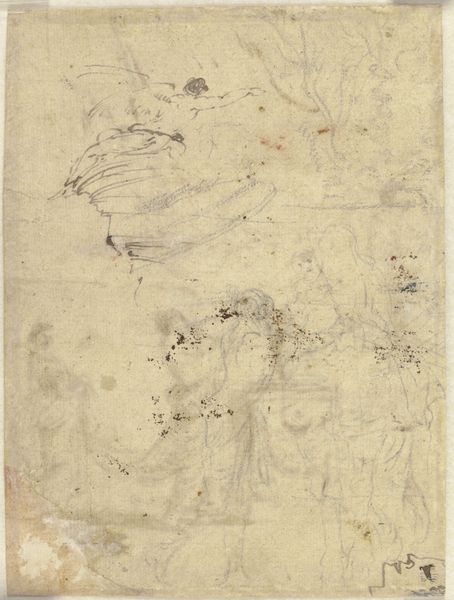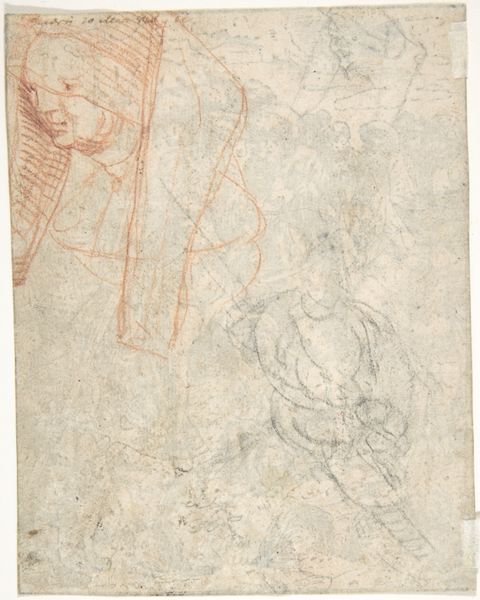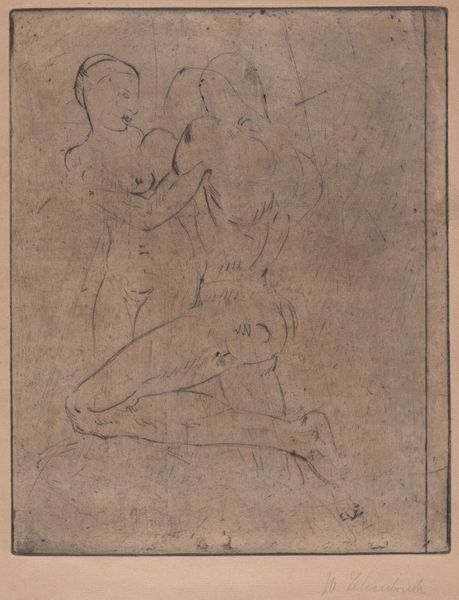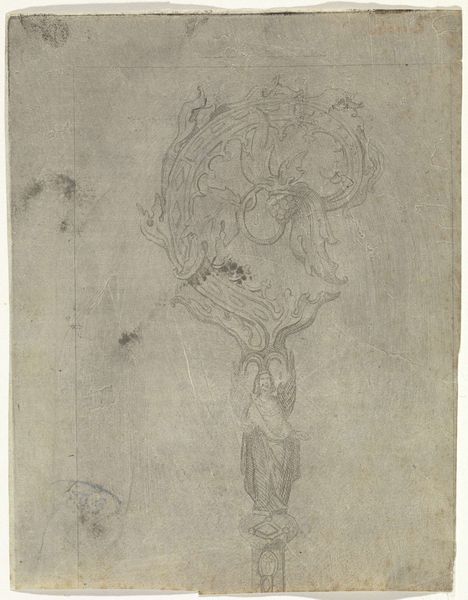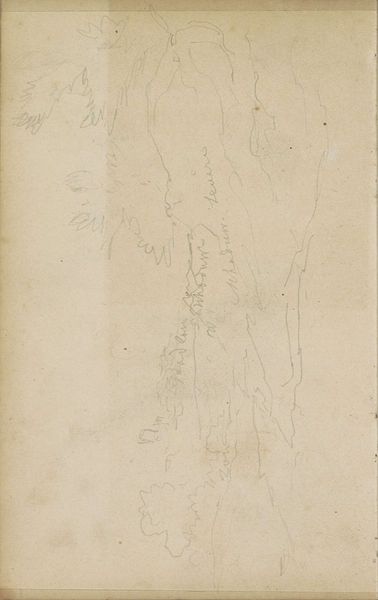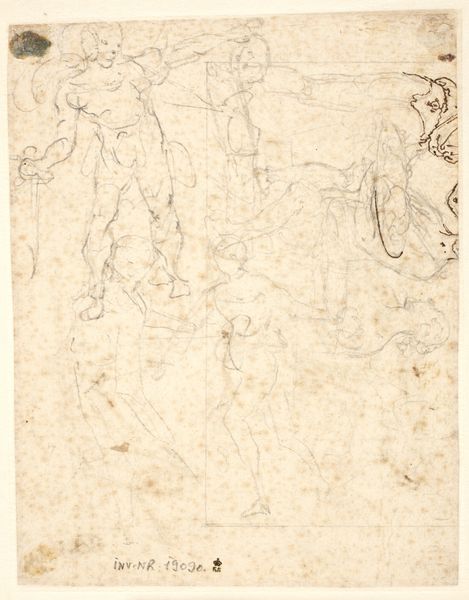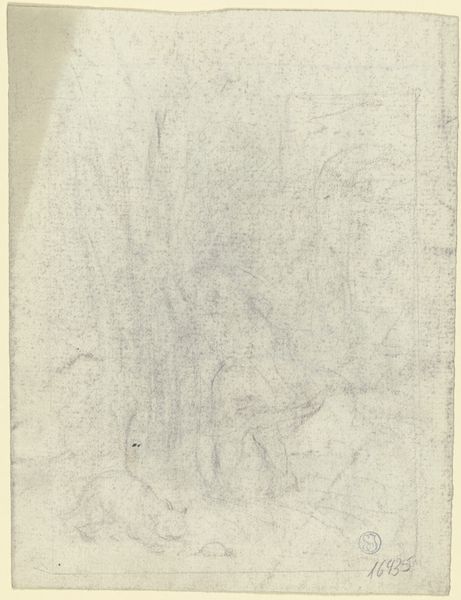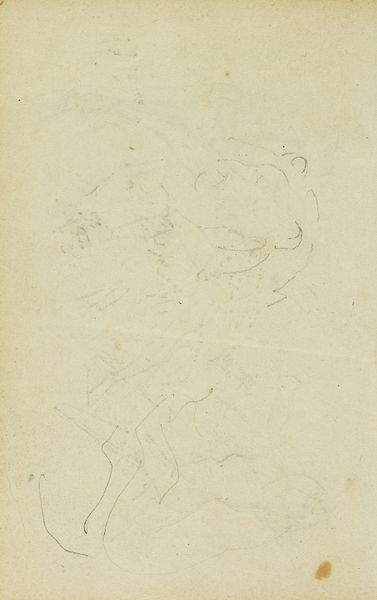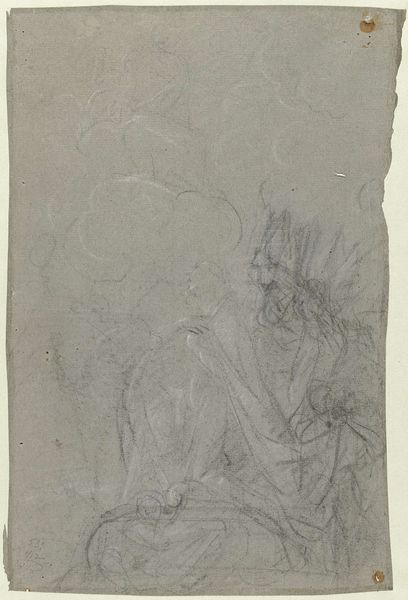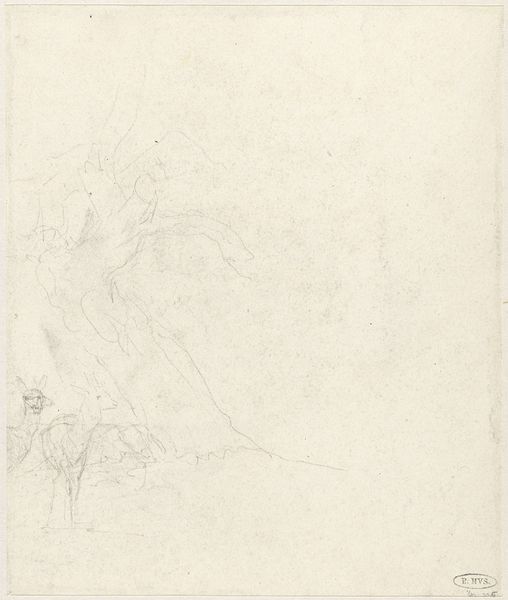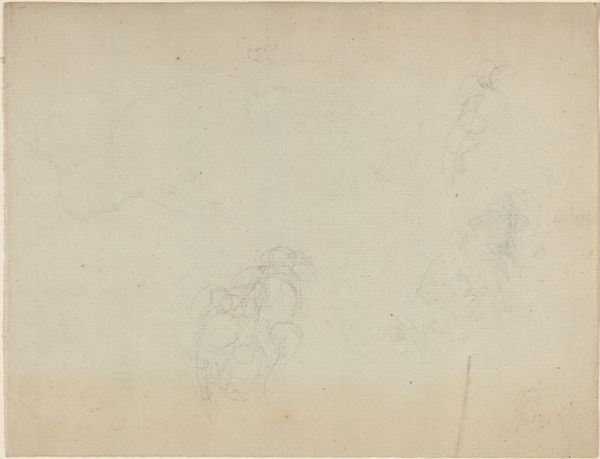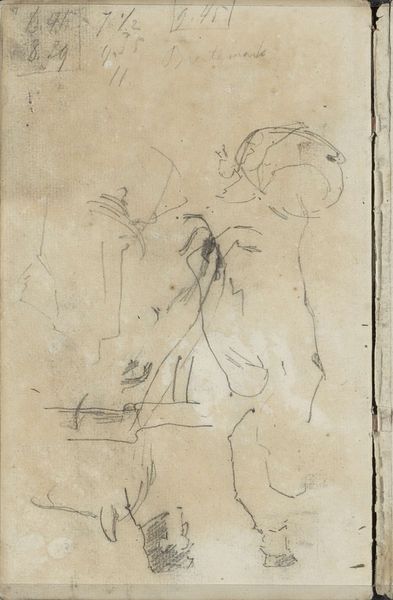
drawing, print, paper, ink, pen
#
portrait
#
drawing
# print
#
figuration
#
paper
#
ink
#
pen
#
history-painting
#
italian-renaissance
Dimensions: 173 × 143 mm
Copyright: Public Domain
Editor: Here we have Battista Franco's "After the Antique: Greek and Amazon," dating back to the 1530s. It’s an ink and pen drawing on paper. I find the sketch-like quality quite intriguing; it feels unfinished, almost like a glimpse into the artist's process. How do you interpret this work? Curator: It's interesting that you pick up on the sense of process. Franco, working during the Italian Renaissance, engages with classical themes, but his rendition carries complex cultural weight. Notice the Greek warrior and Amazon. How does their interaction strike you, especially considering the historical context of these figures? Editor: Well, there’s a closeness, a kind of embrace… but given their history, isn’t it strange to see them depicted like this? Curator: Precisely. It's in this tension – between historical antagonism and artistic reimagining – that the drawing becomes powerful. Consider the Renaissance fascination with classical antiquity alongside its own patriarchal structures. Franco perhaps uses the Amazon, a symbol of female strength and rebellion, to subtly question those structures. Do you see any visual cues that might support this idea? Editor: The Amazon seems less combative, almost vulnerable in this depiction… as if she's being subdued, maybe? It's not what I’d expect. Curator: Exactly! The softness, the embrace – they prompt us to interrogate the power dynamics at play. Is it a romanticised vision, or is Franco offering a critique of dominance and submission? Perhaps it’s both. Thinking about intersectional narratives, it allows one to think about historical power and gender roles, all at once. Editor: I hadn't considered the critique aspect so directly. I was so focused on the technique, but framing it through power dynamics gives me so much more to think about. Curator: Art is rarely just about what you see, but also about what it makes you question.
Comments
No comments
Be the first to comment and join the conversation on the ultimate creative platform.
